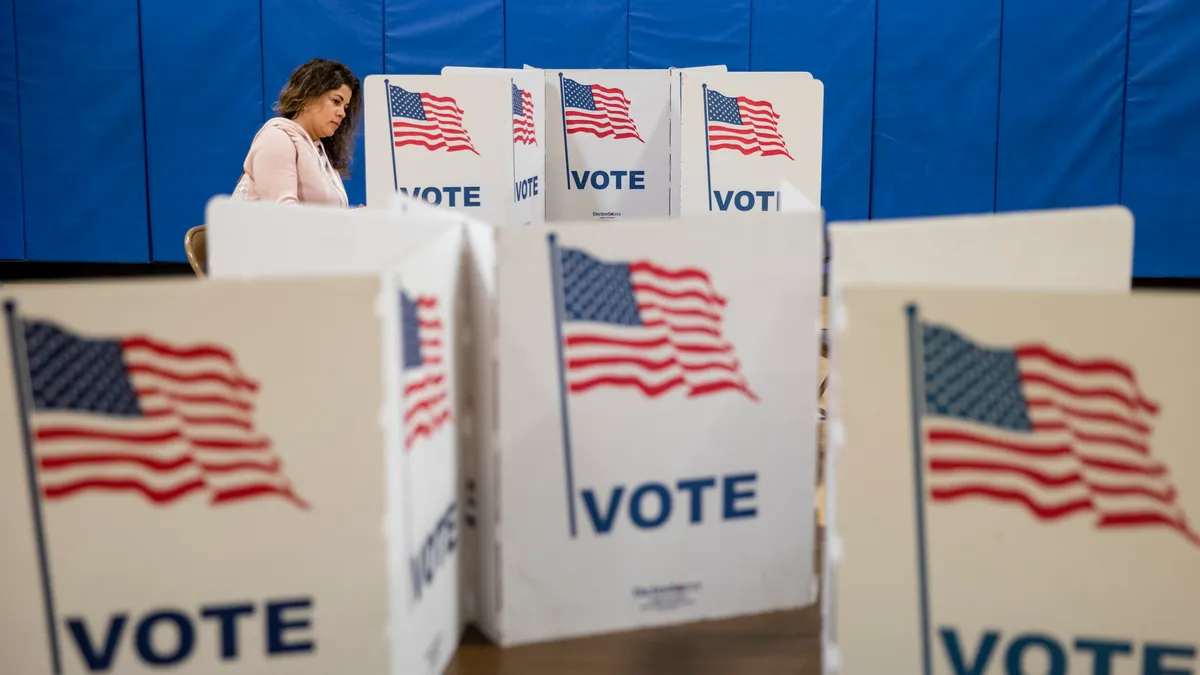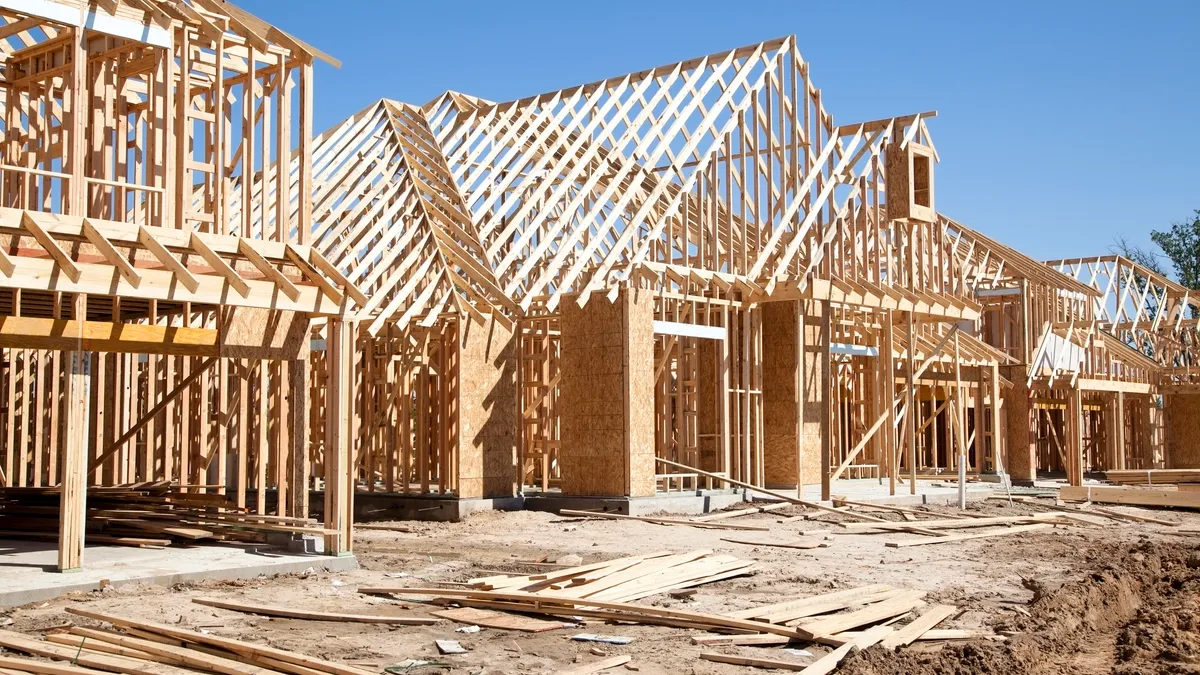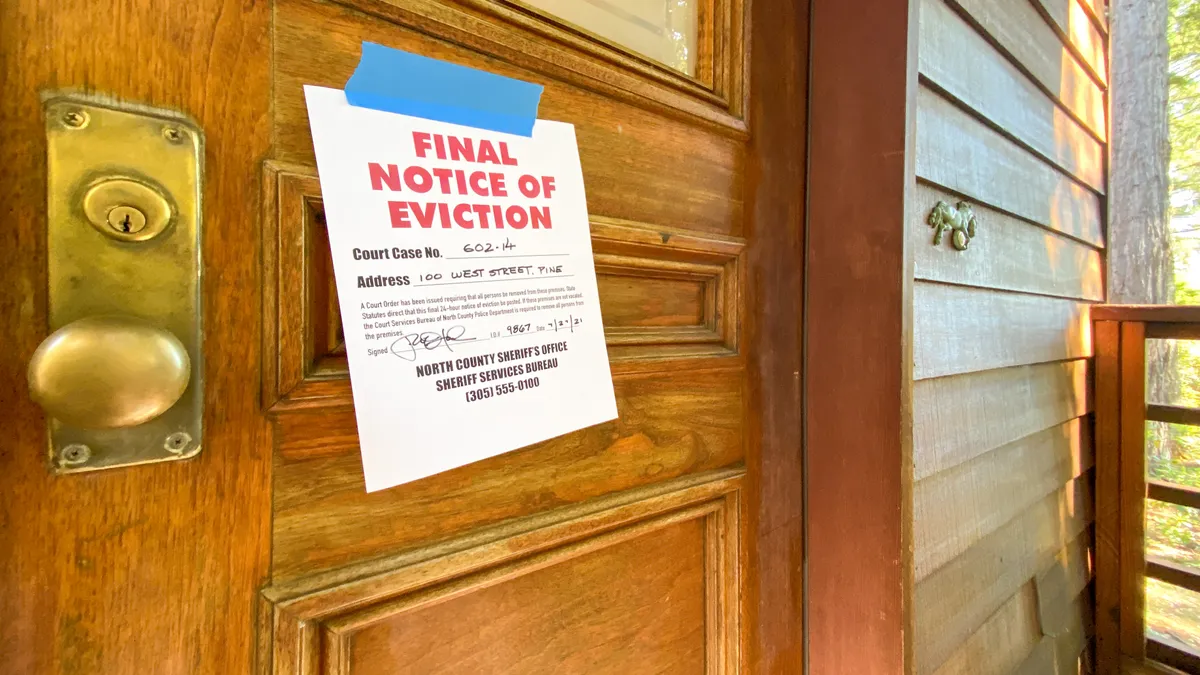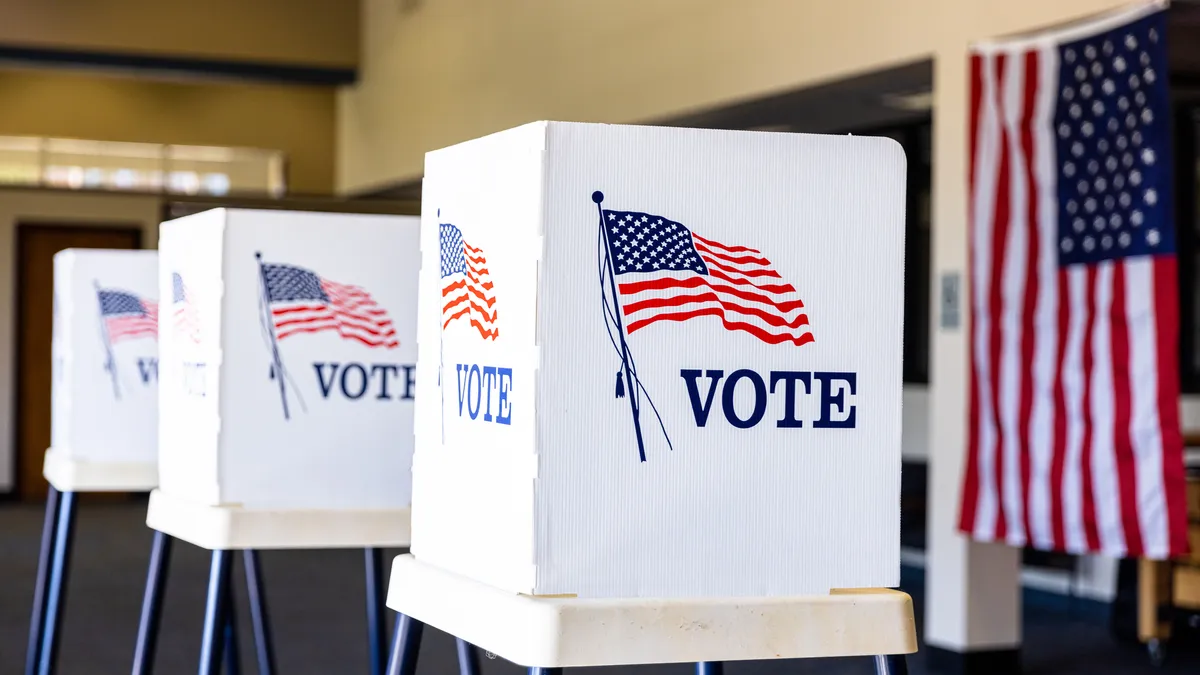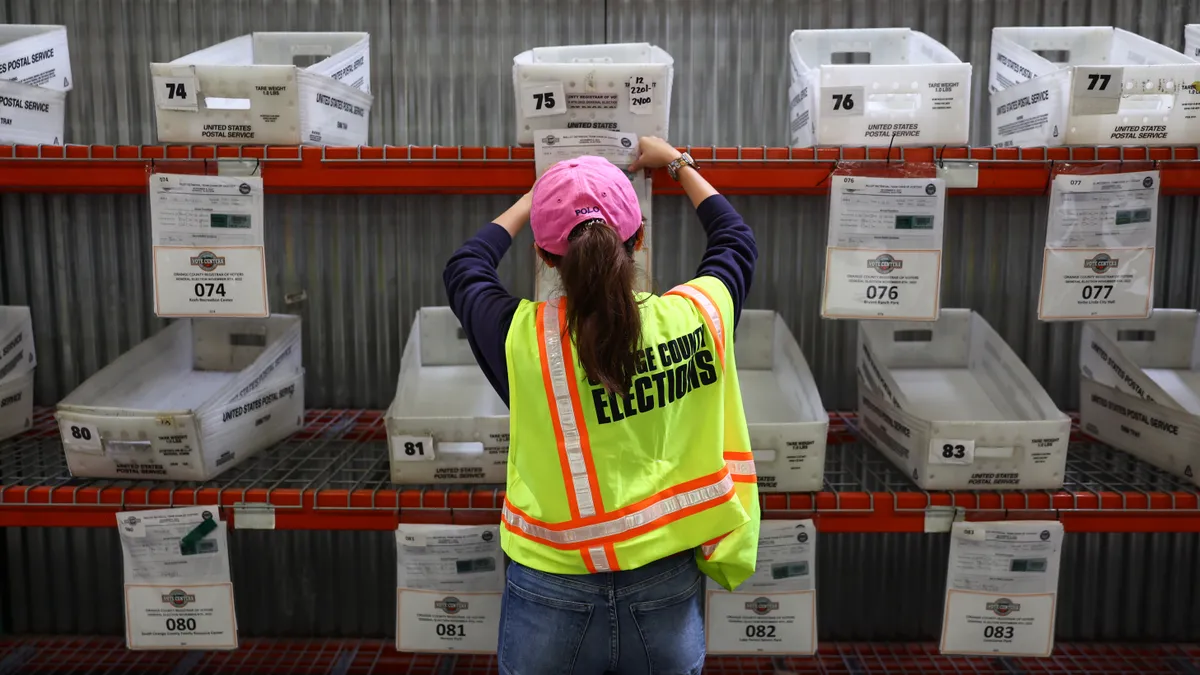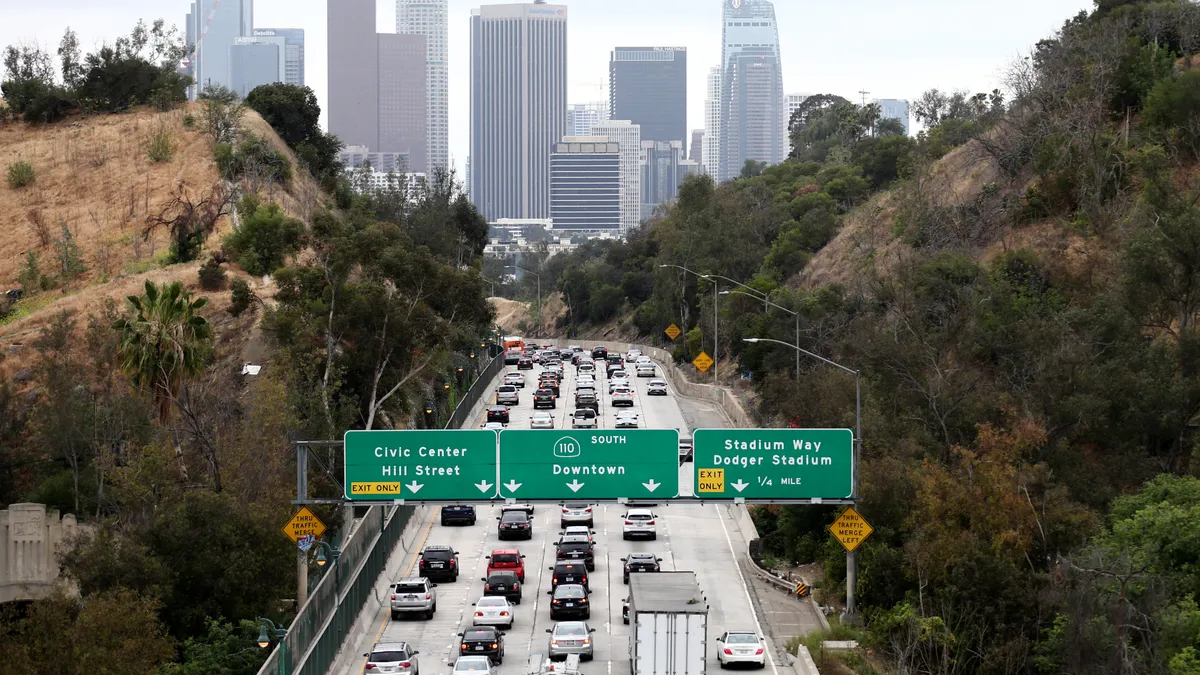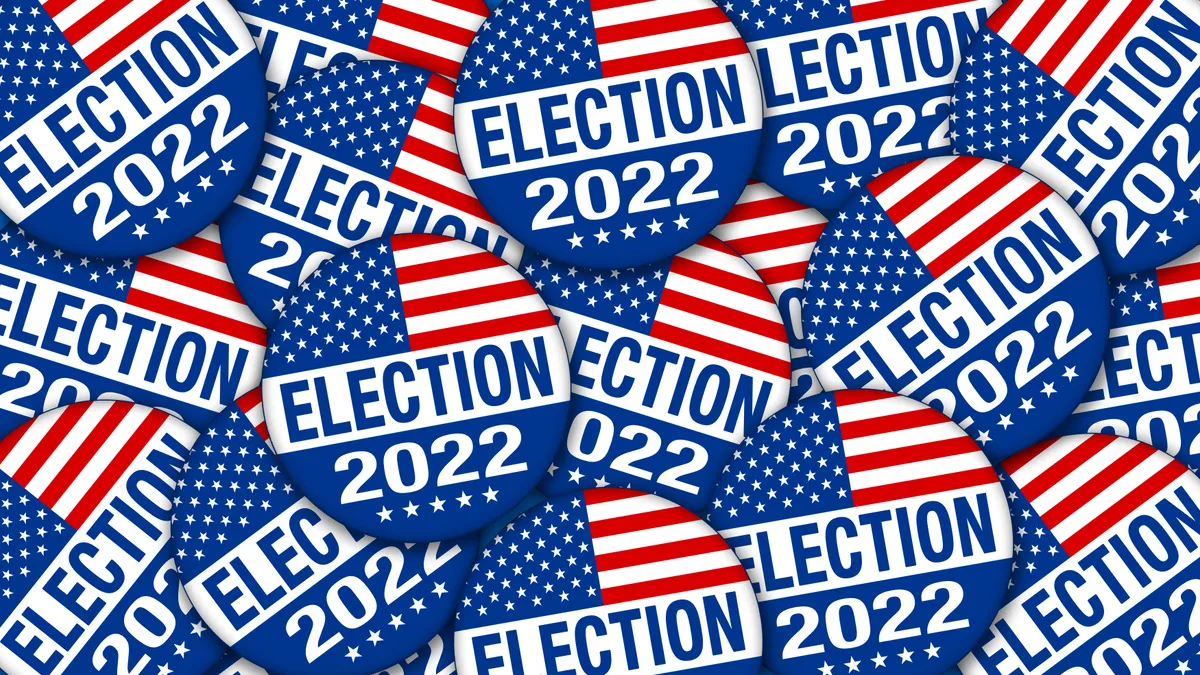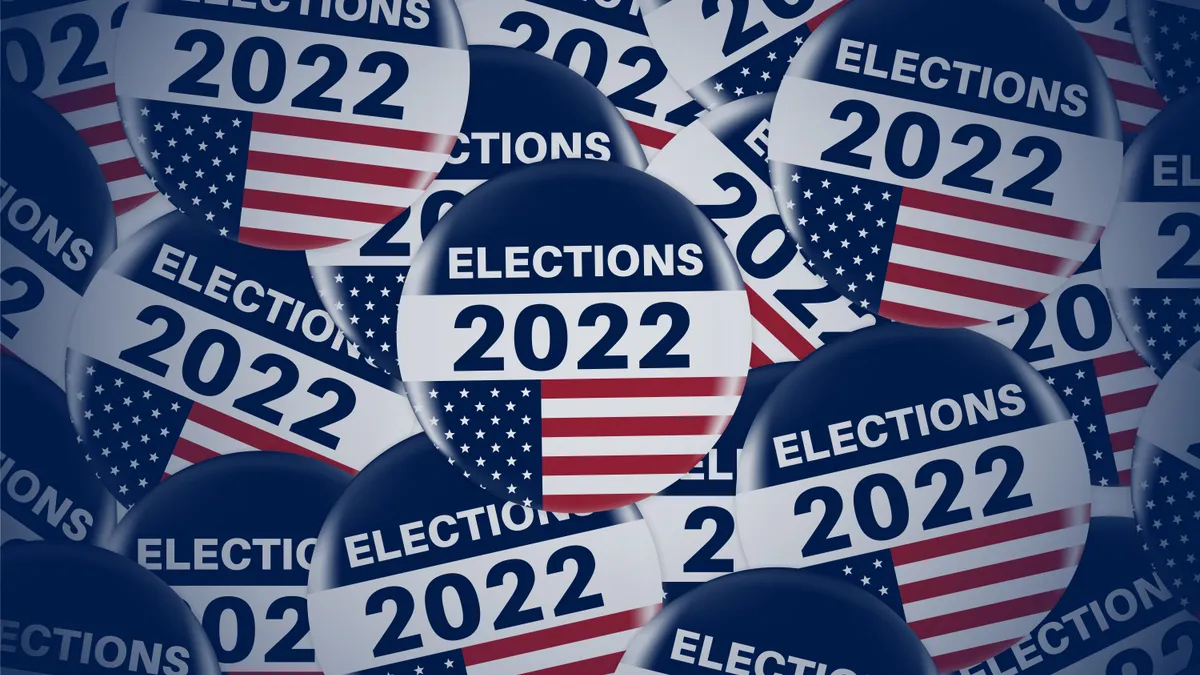This is the second story in an ongoing Smart Cities Dive series about local and state initiatives on the November 2022 ballot. Part 1 focuses on state and local transportation measures.
Two states are putting tax hikes for high-income earners on the ballot this November to raise revenue for transportation, electrification, education and other uses.
In Massachusetts, where the state income tax is 5% for all residents, Question 1 asks voters to create an additional 4% tax on incomes over $1 million. It requires an amendment to the state constitution, which states that income taxes “shall be levied at a uniform rate throughout the commonwealth.”
A Tufts University study found the tax increase would raise an additional $1.3 billion for 2023 if approved. Funds would go to public education, public colleges and universities, and to repair and maintain roads, bridges, and public transportation — subject to appropriations by the state legislature.
The measure has stirred debate and spurred a paid advertising battle, even though the tax would apply to only a sliver of Massachusetts’ population. According to Tufts, there were just 21,000 state taxpayers with incomes of more than $1 million in 2019, equating to 0.6% of all households.
The Coalition to Stop the Tax Hike Amendment argues that the tax would hurt small business owners, family farmers, retirees and homeowners who may need to pay a substantial tax from the one-time sale of businesses or residences.
But the recent month-long shutdown of a major metro Boston transit line and the Federal Transit Administration’s scathing report on the safety failures at the Massachusetts Bay Transportation Authority and the Massachusetts Department of Public Utilities may be on voters' minds as they fill out their ballots. In a September poll conducted by Suffolk University, Boston Globe, NBC10 and Telemundo, more than 38% of respondents rated the MBTA as “worse than average” or “one of the worst in the country.” In that same poll, 56% of respondents said they would vote yes on Question 1 versus 35% planning to vote no.
“I would suspect that if this measure passed, there would be a lot of momentum at the state level to promote better transit options,” said Yonah Freemark, senior research associate at the Urban Institute and publisher of The Transport Politic website, which monitors local elections. “That could mean more momentum on things like the North South Rail Link, regional rail electrification and maybe even the Red-Blue Connector, all of which have been discussed for many decades.”
California Proposition 30 is no less controversial. It looks to raise $3.5 billion to $5 billion annually from a 1.75% tax on personal income above $2 million. The funds would go to purchase incentives for zero-emission vehicles, electric vehicle charging stations and wildfire prevention. State Democrats back the measure, but Democratic Gov. Gavin Newsom is opposed, even appearing in a television ad from the No on 30 campaign.
How did that happen? Newsom, engaged in an ongoing battle with Uber and Lyft over the classification of drivers as gig workers instead of full-time employees, argues that Proposition 30 would benefit a single company: Lyft.
According to Ballotpedia, Lyft has contributed $35 million in cash to committees supporting the measure. Freemark observed that Lyft would likely benefit from the incentives that would lower its cost to add EVs to its fleet. But, “On the other hand, more electric vehicles are probably better,” he said.
For its part, Lyft told Bloomberg Government that no Proposition 30 funds are set aside for the rideshare industry.
The Yes on 30 campaign argues that the initiative would expand access to EV chargers and equip over 500,000 apartments and houses in the first year alone.
A University of California, Berkeley Institute of Governmental Studies poll conducted in late September found 49% of likely voters in favor of Proposition 30, with 37% opposed and 14% undecided.



